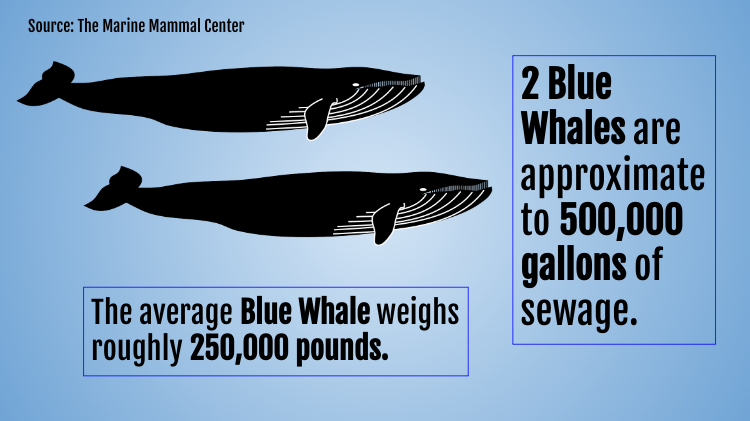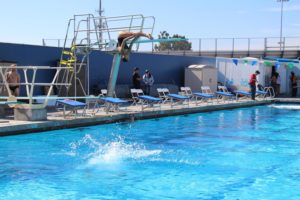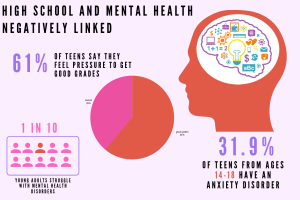500,000 gallons of sewage spill into San Diego Bay
April 3, 2023
On January 18th, a malfunction at a wastewater station in San Diego caused a pumping system to fail in shutting down for almost half an hour. Half a million gallons of raw sewage has now contaminated portions of the local bay and shoreline, making certain areas temporarily uninhabitable for both humans and sea life.
Instead of flowing into a treatment plant, this malfunction caused the waste to spill out of manholes and into storm drains leading to San Diego Bay. This spill devastated over six miles of shoreline, which have now been closed until further treatment.
Authorities confirmed that this system defect occurred within the Point Loma Wastewater Treatment Plant, which treats the waste of millions of the county’s residents per day.
“The Point Loma Wastewater Treatment Plant treats approximately 175 million gallons of wastewater per day generated in a 450-square-mile area by more than 2.2 million residents,” The City of San Diego said. “Located on a 40-acre site on the bluffs of Point Loma, the Plant has a treatment capacity of 240 million gallons per day.”
Not only has this impacted the citizens of San Diego but the local sea life along the coast and bay. Studies have shown that sewage and other man-made toxins have detrimental effects on marine organisms and even oceanic processes.
“Wastewater transports pathogens, nutrients, contaminants, and solids into the ocean that can cause coral bleaching and disease and mortality for coral, fish, and shellfish,” Reef Resilience Network said. “Wastewater pollution can also alter ocean temperature, pH, salinity, and oxygen levels, disrupting biological processes and physical environments essential to marine life.”
While having destructive effects on sealife, these raw contaminants can also be harmful to humans. This recent spill can put citizens at risk for many diseases and long-term dangers if not treated properly.
“Exposure to sewage-polluted water is the most common source of illness in recreational water users, even swallowing a small amount may induce sickness,” Beachapedi said. “Sewage often contains the disease-causing pathogens previously mentioned (bacteria, viruses, and protozoa).”
Since the spill, clean-up work has begun to decontaminate the exposed areas. But as of February 6th, the shorelines of Coronado running all the way to the Tijuana River contain bacteria levels that continue to exceed state standards.
“The closures will remain intact until daily testing shows the bacteria is within state-allowed thresholds,” San Diego Union Tribune said.





















Allen Parsonsl • Apr 4, 2023 at 10:19 am
Professional presentation,